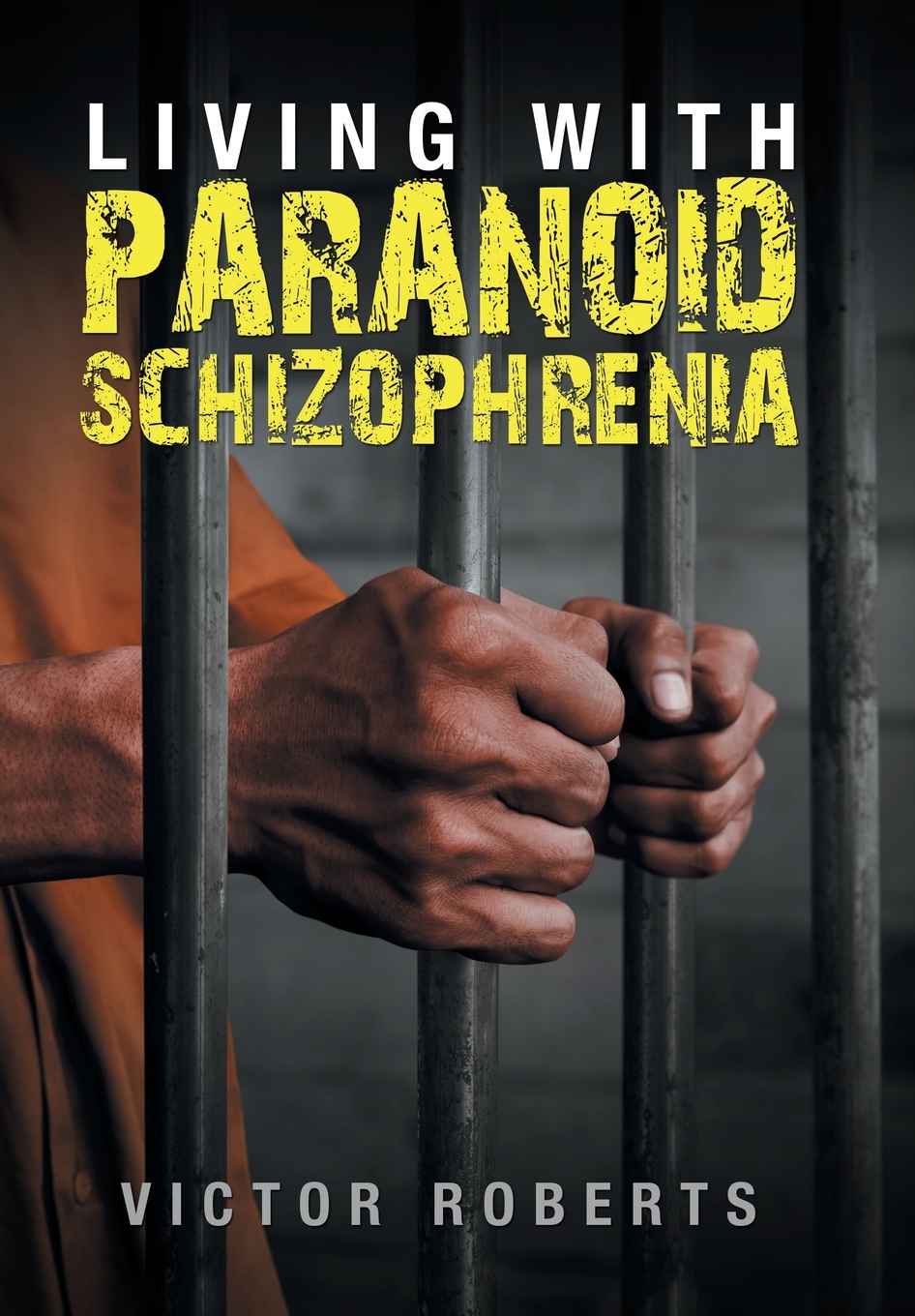

enlarged ventricles), developmental (e.g. Other factors include structural brain abnormalities (e.g.High norepinephrine is linked to positive symptoms of schizophrenia. Excessive dopamine activity is linked to hallucinations, agitation, and delusion. Involves dopamine (focus of most studies), serotonin, norepinephrine, and epinephrine. The manner of transmission of genetic predisposition is not clearly understood. Other factors like prenatal infections, perinatal complications, and environmental stressors are also being studied. It is believed that multiple genes (strongest evidence points to chromosomes 13 and 6) are involved in predisposition to schizophrenia. There is currently no way to predict who will develop the disease.Like many diseases, schizophrenia is linked to various factors. Prevalence is higher than diabetes mellitus, Alzheimer’s disease, and multiple sclerosis.
 Affects both men (late teens or early 20s) and women (mid-20s to early 30s) equally. In the United States alone, 2 million Americans each year are affected, with 7.2 in 1000 persons developing it during their lifetime. It affects 1.1% of the population above age 18, which is estimated to be 51 million people worldwide. Schizophrenia occurs in all societies without regard to class, color, and culture. Their speech and behavior may frighten or mystify those around them. Have difficulty distinguishing reality from fantasy. The level of functioning in work, interpersonal relationship, and self-care are markedly below the level since the onset of symptoms. These disturbances last for at least for six (6) months. Schizophrenia refers to a group of severe, disabling psychiatric disorders marked by withdrawal from reality, illogical thinking, possible delusions and hallucinations, and emotional, behavioral, or intellectual disturbance. When diagnosing this disorder, it’s important to find out if these symptoms existed before drugs or alcohol were consumed or if they occurred as a result of them.Despite it being one of the most common psychiatric disorders, schizophrenia is usually misunderstood. Substance-induced psychosis: Hallucinations and delusions are the most common symptoms seen in medication- or substance-induced psychosis, but individuals might also present disordered thinking or negative symptoms. Individuals with this personality disorder often have difficulty interacting with others. Schizotypal personality disorder: Acute schizophrenia can be misdiagnosed with this personality disorder in which paranoid ideation and strange behavior are considered the top symptoms. Paranoia: This can occur in acute schizophrenia, but individuals can experience paranoia and not have schizophrenia. Individuals with schizophrenia may be at a higher risk of developing dementia. Dementia: This chronic disorder deals with cognitive impairment and can include symptoms such as personality changes, memory loss, and communication difficulties. Symptoms include impaired judgment, difficulty focusing, as well as hallucinations, delusions, or paranoia. It can be caused by drug use, dehydration, or infection. Delirium: A neurological disorder, delirium can occur at any age. With bipolar mania, possible symptoms include delusions or hallucinations which are also seen in schizophrenia.
Affects both men (late teens or early 20s) and women (mid-20s to early 30s) equally. In the United States alone, 2 million Americans each year are affected, with 7.2 in 1000 persons developing it during their lifetime. It affects 1.1% of the population above age 18, which is estimated to be 51 million people worldwide. Schizophrenia occurs in all societies without regard to class, color, and culture. Their speech and behavior may frighten or mystify those around them. Have difficulty distinguishing reality from fantasy. The level of functioning in work, interpersonal relationship, and self-care are markedly below the level since the onset of symptoms. These disturbances last for at least for six (6) months. Schizophrenia refers to a group of severe, disabling psychiatric disorders marked by withdrawal from reality, illogical thinking, possible delusions and hallucinations, and emotional, behavioral, or intellectual disturbance. When diagnosing this disorder, it’s important to find out if these symptoms existed before drugs or alcohol were consumed or if they occurred as a result of them.Despite it being one of the most common psychiatric disorders, schizophrenia is usually misunderstood. Substance-induced psychosis: Hallucinations and delusions are the most common symptoms seen in medication- or substance-induced psychosis, but individuals might also present disordered thinking or negative symptoms. Individuals with this personality disorder often have difficulty interacting with others. Schizotypal personality disorder: Acute schizophrenia can be misdiagnosed with this personality disorder in which paranoid ideation and strange behavior are considered the top symptoms. Paranoia: This can occur in acute schizophrenia, but individuals can experience paranoia and not have schizophrenia. Individuals with schizophrenia may be at a higher risk of developing dementia. Dementia: This chronic disorder deals with cognitive impairment and can include symptoms such as personality changes, memory loss, and communication difficulties. Symptoms include impaired judgment, difficulty focusing, as well as hallucinations, delusions, or paranoia. It can be caused by drug use, dehydration, or infection. Delirium: A neurological disorder, delirium can occur at any age. With bipolar mania, possible symptoms include delusions or hallucinations which are also seen in schizophrenia. 

Bipolar disorder: Symptoms can range from talking excessively and behaving impulsively to feeling hopeless or sleeping excessively, depending on the type of disorder.Negative symptoms: Negative symptoms involve the absence of something and include the inability to show emotions, apathy, difficulties talking, and withdrawing from social situations and relationships. This includes diminished emotional expressivity and is often considered a flat or constricted affect.The two most commonly diagnosed are auditory and visual. Hallucinations: This includes auditory, visual, tactile, olfactory, and gustatory.Disorganized thinking or speech: This is referred to as the “thought disorder” which often makes it difficult for these individuals to communicate clearly with others.This can involve stupor, mutism, negativism or motor rigidity, and even purposeless excitement. It may also involve catatonia, which is marked by a significant decrease in someone's reactivity to their environment. It can also include purposeless, ambivalent behavior, or movements. It can include odd, bizarre behavior such as smiling, laughing, or talking to oneself, or being preoccupied/responding to internal stimuli. Disorganized behavior: This can manifest in a variety of ways.Delusions: False false notions or ideas that the individual believes.Decreases in functional capacity: The inability to work on self-care, attend school, show up to work, or to socialize properly.








 0 kommentar(er)
0 kommentar(er)
